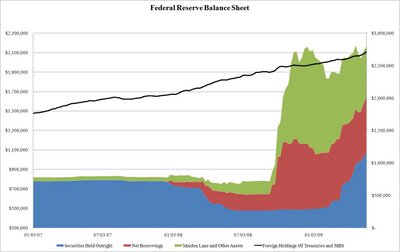Do they simply buy or sell securities (mostly short-term bonds), or do they lend money directly to banks?
Thanks.
Site Information
About Us
- RonPaulForums.com is an independent grassroots outfit not officially connected to Ron Paul but dedicated to his mission. For more information see our Mission Statement.




 Reply With Quote
Reply With Quote





Connect With Us